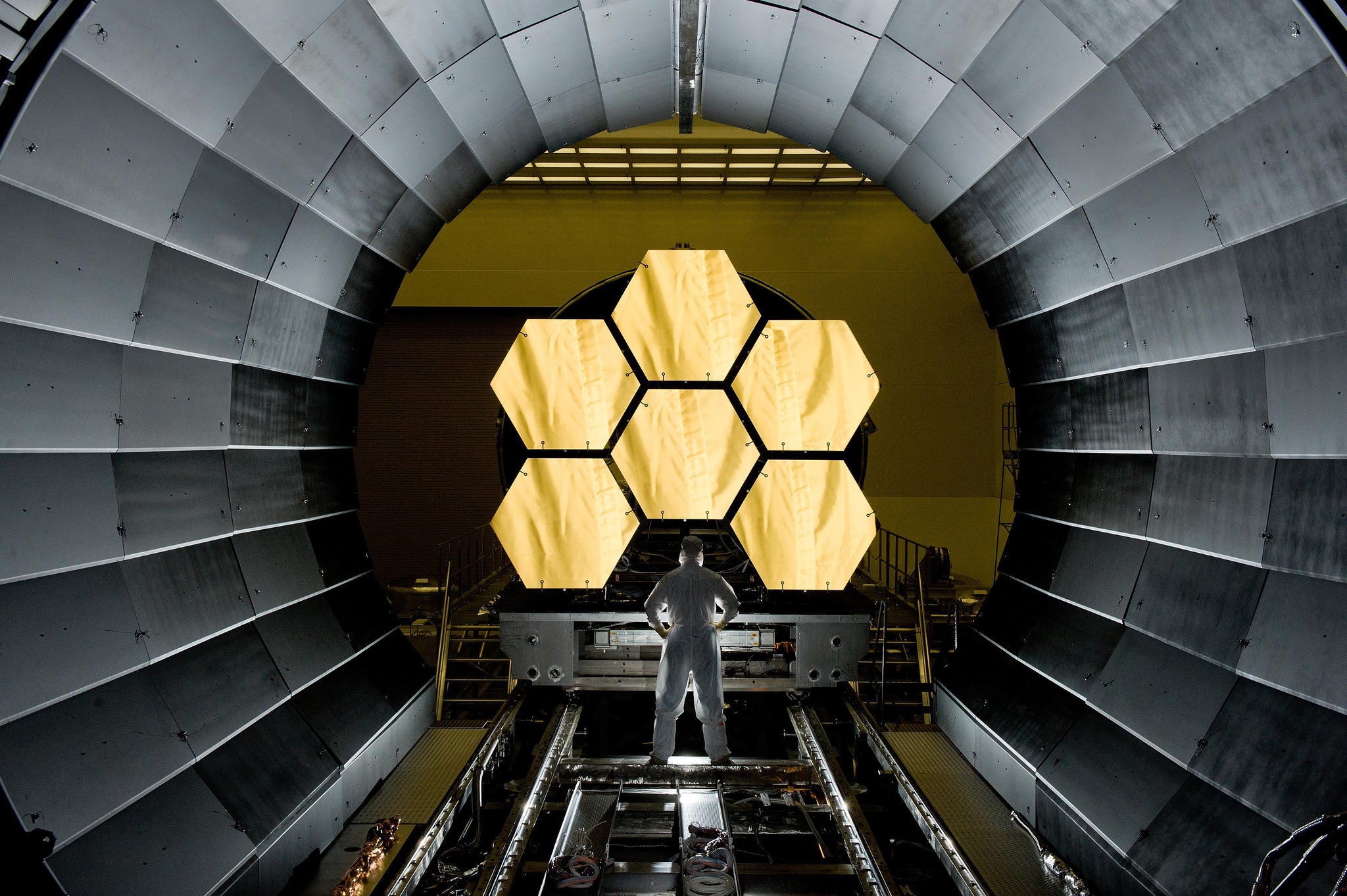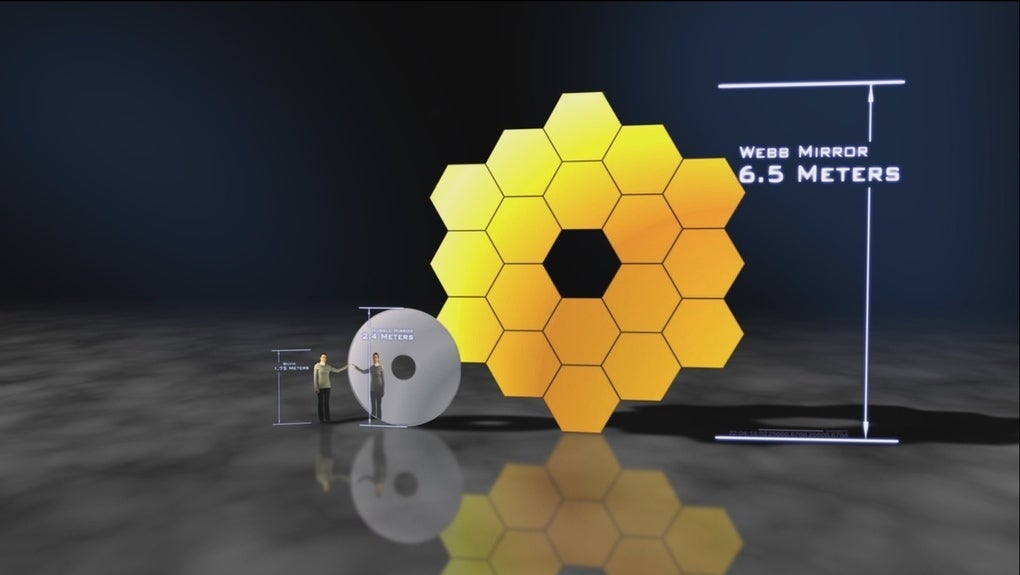The James Webb telescope in pictures: Building a machine to see the beginning of the universe
The Webb Space Telescope is scheduled to launch in 2018, building upon the work of the Hubble Space Telescope to look even deeper into the Universe - see below for pictures of this incredible and complex device

For many of us the Hubble telescope is synonymous with space. Launched in 1990 and currently orbiting the Earth at a distance of 570 kilometres, the images it has produced of distant galaxies and nebula have guided the public’s imagination far beyond the confines of our planet.
But now Hubble’s successor is being assembled - an $8 billion project with a primary mirror (the main component that lets a telescope ‘see’) that is seven times the size of Hubble’s, allowing it to peer even deeper into the Universe, looking back in time to hopefully glimpse the formation of some of the first galaxies.
This is the James Webb Space telescope. Named in honour of Nasa’s second administrator and sometimes known as the JWST or just ‘Webb’ for short, the telescope is part of an international collaboration between Nasa, the European Space Agency and the Canadian Space Agency.
Planning for Webb began back in 1996 and it’s scheduled to launch in 2018, but the engineers responsible for the telescope have just passed a major milestone – finishing and delivering the 18 hexagonal mirrors that will be fitted together to complete Webb’s 21-feet high primary mirror.
As well as this mirror, the telescope will also carry a variety of infrared instruments that will allow it to make new discoveries about the nature of the Universe, looking even further into space than is currently possible with Hubble.

Hubble can only look at light in the visible spectrum thrown off by stars and galaxies. However, as the Universe expands, this light has to travel further to reach us and is stretched by the Doppler effect and its wave length shifts from the visible spectrum to infrared. This is the same phenomenon that makes an ambulance siren sound differently when it's moving towards you and away from you.
Unfortunately, observing infrared light that has come from so far away is tricky and telescopes – even space telescopes – can suffer from infrared interference generated by many different sources, including their own heat and the sun’s rays.
Webb will tackle this problem in two ways. Firstly, it will be far further away from the Earth than Hubble (1.5 million km away compared to Hubble’s distance of 570km) and it will also be equipped with a sunshield – five layers of reflective material that will point back towards the Sun reflect its heat as well as its infrared rays.
Combining these two factors will place Webb in a bubble of calm and stillness, giving its sensitive instruments the chance to glimpse far further back into the cosmos than has even been possible before. It's hope that it will be able to see some of the very first stars formed in the universe, looking back to just 100 million years after the Big Bang. By the time this light reaches Webb it will have travled for about 13.5 billion years.
Join our commenting forum
Join thought-provoking conversations, follow other Independent readers and see their replies
Comments